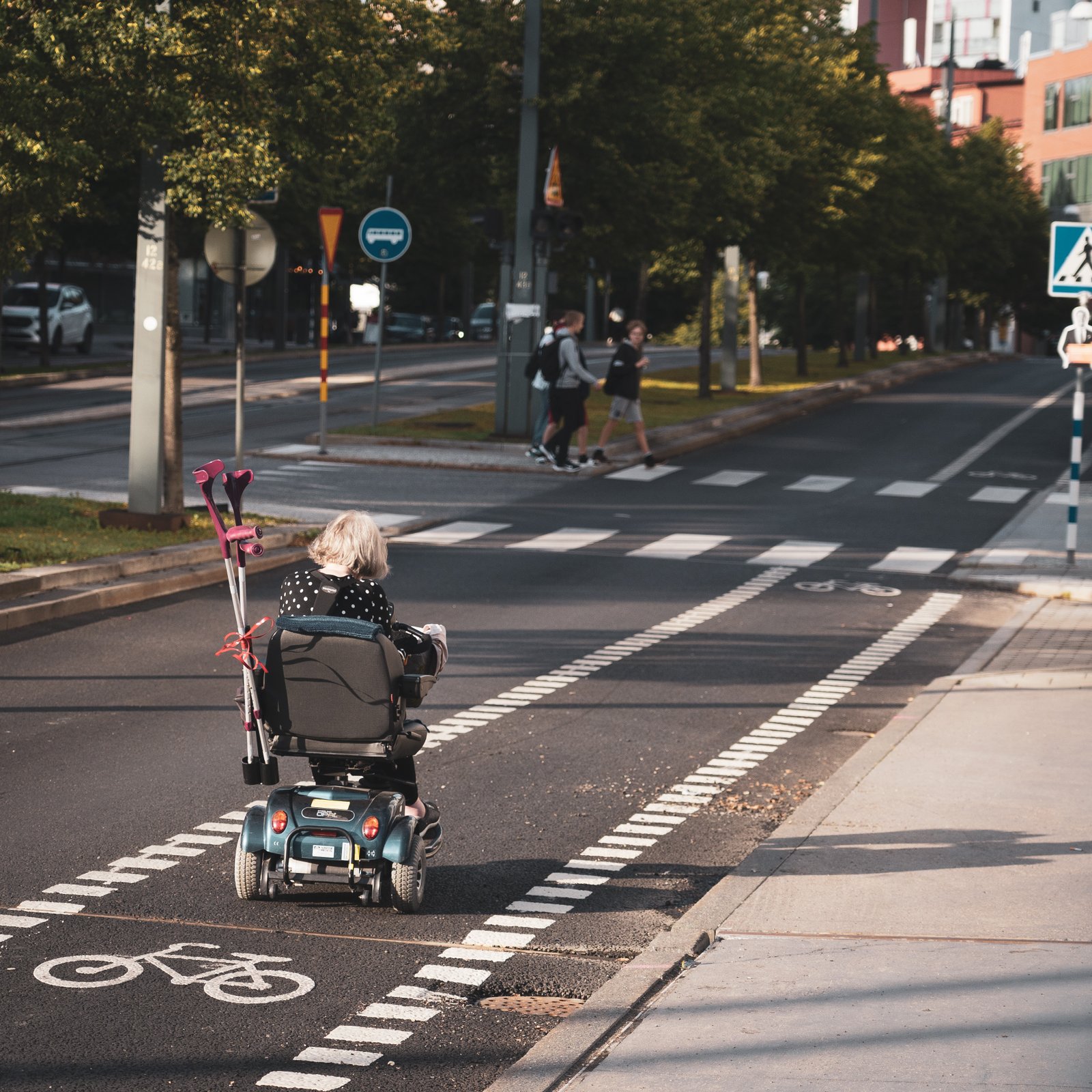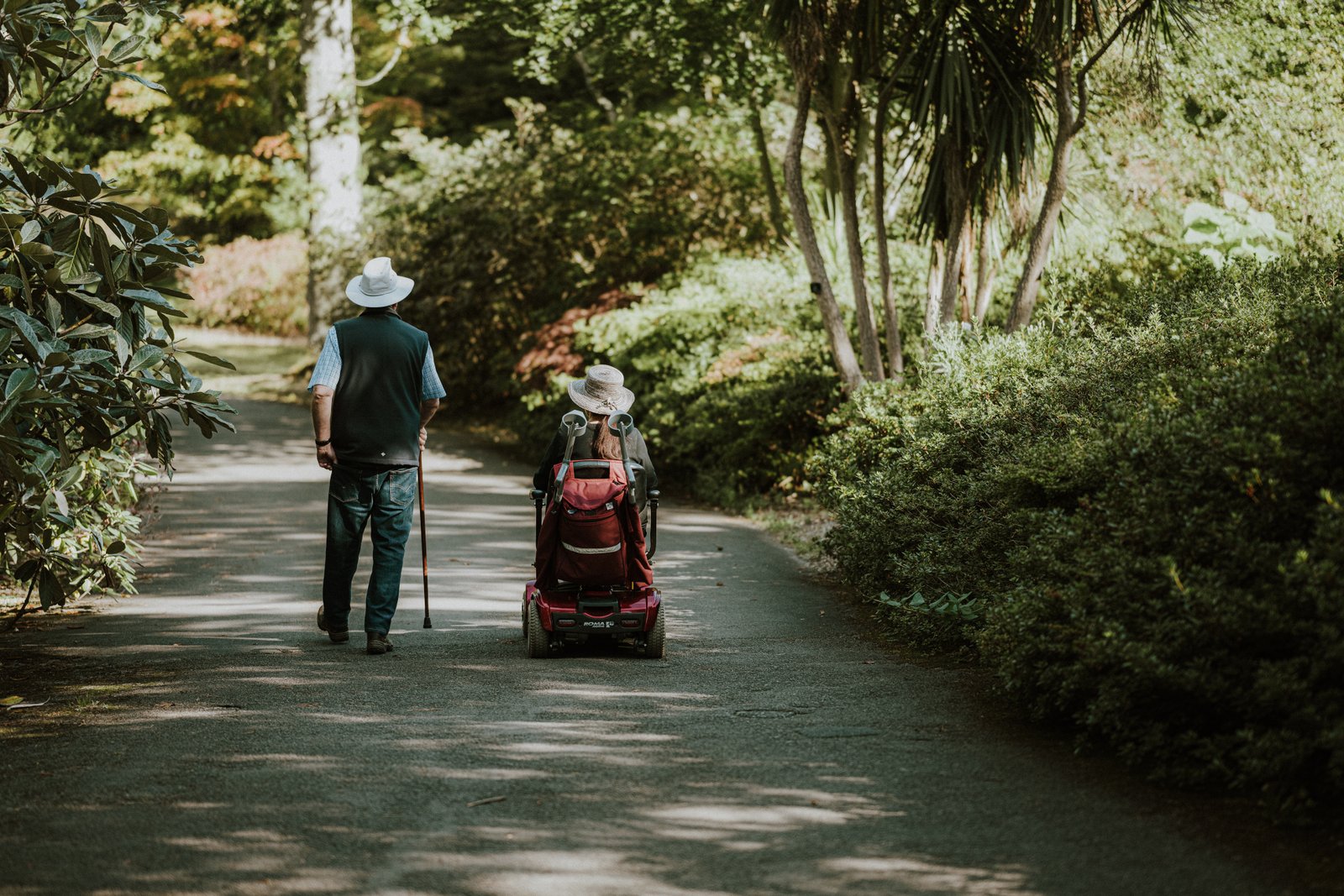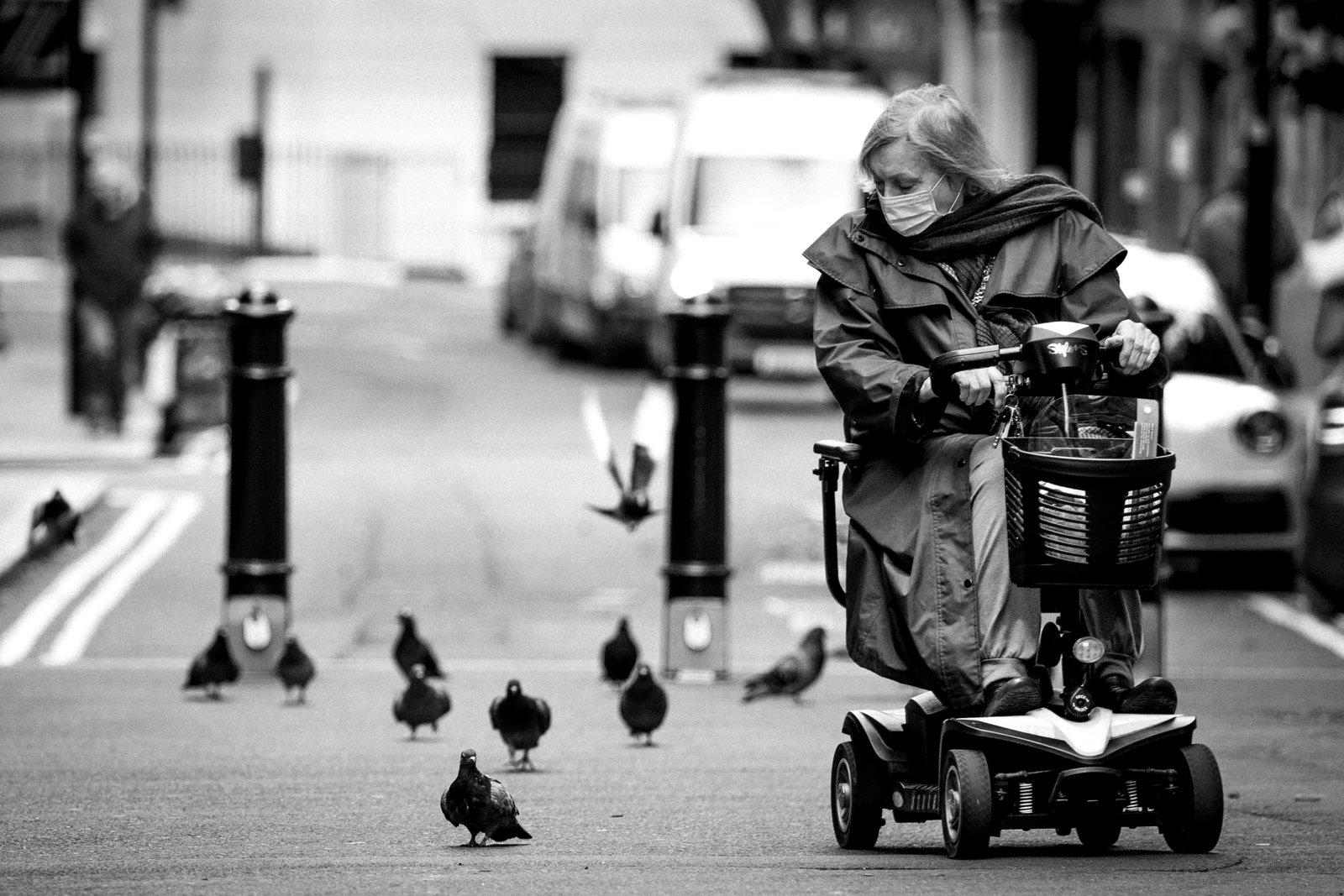What Distinguishes A Mobility Scooter From A Recreational Scooter?
Are you confused about the difference between a mobility scooter and a recreational scooter? Well, you’re in the right place! Today, we are going to explore what sets these two types of scooters apart. A mobility scooter is specifically designed to help people with limited mobility get around more easily. On the other hand, a recreational scooter is used for fun and enjoyment, like riding around the neighborhood or doing some cool tricks. So, let’s dive in and learn more about these fascinating scooters!

Size and Design
A mobility scooter is designed to be comfortable and easy to use, especially for people with mobility challenges. It is usually larger in size compared to a recreational scooter. The dimensions of a mobility scooter are carefully planned to provide enough space for the rider to sit comfortably. The seat is wide and cushioned, allowing the rider to relax while traveling.
In terms of weight, mobility scooters are sturdier and heavier than recreational scooters. This is because they are designed to be stable and offer a smooth ride. The additional weight helps to improve stability and reduce the risk of tipping over, especially when going up or down ramps or uneven terrain.
The structural design of a mobility scooter is also different from a recreational scooter. They often have a more robust frame made of durable materials, such as steel or aluminum, to withstand everyday use. The design may include features like armrests and footrests to provide additional comfort and support for the rider.
Speed and Power
Mobility scooters are designed to be safe and easy to control, so they usually have a maximum speed that is lower than that of recreational scooters. This helps to ensure that the rider can maintain control and stay safe, even in crowded areas or on uneven terrain. The maximum speed of a mobility scooter is typically around 4 to 8 miles per hour.
The motor power of a mobility scooter is also adjusted for the intended use. It provides enough power to move comfortably on various surfaces, such as pavement, but it is not as high as that of a recreational scooter. This is to ensure that the scooter can be controlled easily and safely by individuals with limited mobility.
Safety Features
Safety is a top priority when it comes to mobility scooters. They are equipped with a range of safety features to protect the rider and those around them.
Lighting and reflectors are essential safety features on a mobility scooter. They ensure that the scooter is visible to others, especially in low-light conditions. Most mobility scooters have front and rear lights, as well as reflectors on the sides, to enhance visibility and prevent accidents.
Brakes are crucial for controlling the speed and stopping the scooter when needed. Mobility scooters are typically equipped with both hand brakes and a parking brake. The hand brakes allow the rider to slow down or stop gradually, while the parking brake keeps the scooter securely in place when parked.
The steering mechanism of a mobility scooter is designed to be easy to use and maneuverable. It allows the rider to turn corners smoothly and navigate through tight spaces. The steering is usually controlled by a tiller, which is a handlebar-like structure that can be adjusted to fit the rider’s comfort.
Stability is another important safety feature of mobility scooters. They are designed to have a low center of gravity and a wide wheelbase, which helps prevent tipping and ensure a stable ride. Some models also come with features like anti-tip wheels, which provide additional stability on uneven terrain.
Terrain Capability
Mobility scooters are built to handle different types of terrain, ensuring that individuals with mobility challenges can go wherever they need to.
Tire type plays a crucial role in the scooter’s ability to navigate different surfaces. Mobility scooters often have solid or pneumatic (air-filled) tires. Solid tires are low-maintenance and do not require inflation, while pneumatic tires offer a smoother ride by absorbing shocks from uneven surfaces.
Suspension is another factor that affects the scooter’s terrain capability. Some mobility scooters have front or rear suspension systems that help absorb vibrations and bumps, providing a more comfortable ride on rough terrain.
Ground clearance is the distance between the bottom of the scooter and the ground. A higher ground clearance allows the scooter to navigate obstacles like curbs and uneven terrain more easily. Mobility scooters usually have a decent ground clearance to ensure smooth and safe rides.

Battery Life and Range
Battery life and range are important considerations for mobility scooter users. The battery allows the scooter to function and determines how far it can travel before needing a recharge.
Battery type varies among different mobility scooters. The most common types are sealed lead-acid (SLA) batteries and lithium-ion (Li-ion) batteries. SLA batteries are less expensive but heavier, while Li-ion batteries are lighter and provide longer battery life but come at a higher cost.
Charging time is another key factor to consider. The time it takes to fully recharge a mobility scooter’s battery depends on its capacity and the charger used. Charging times can range from a few hours to overnight. It’s important to plan charging times accordingly to ensure the scooter is always ready for use.
The single charge range refers to the maximum distance a mobility scooter can travel on a full battery charge. This range can vary depending on factors such as the scooter’s weight capacity, terrain conditions, and overall battery health. Most mobility scooters have a range of around 10 to 20 miles on a single charge.
Portability and Foldability
Portability and foldability are desired features for individuals who need to transport their mobility scooters or have limited storage space.
Ease of transport refers to how easy it is to disassemble or load the scooter into a vehicle for transportation. Some mobility scooters are designed to be easily disassembled into lightweight components, making it more convenient to transfer them between locations. Others may have features like detachable batteries or foldable seats to make transportation easier.
Foldable design is another option for increasing the portability of mobility scooters. Some models are designed to fold or collapse, reducing their dimensions and making them more compact for storage or transport. However, it’s important to note that not all mobility scooters are foldable, so it’s essential to consider this feature when choosing a scooter.
Weight capacity refers to the maximum weight a mobility scooter can safely support. Different models have varying weight capacities, so it’s important to choose a scooter that can accommodate the user and any additional items they may carry, such as bags or groceries. It’s crucial to select a scooter with a weight capacity that meets the user’s needs to ensure safety and stability.

Control Interface
The control interface of a mobility scooter includes the various components that allow the rider to operate and control the scooter easily.
Handlebars are one of the main control components of a mobility scooter. They are typically in the form of a tiller, which allows the rider to control the direction and speed of the scooter. The tiller can be adjusted to fit the user’s reach and comfort, ensuring a proper and ergonomic grip.
Throttle control is another important part of the scooter’s control interface. It is often found on the handlebars/tiller and allows the rider to control the speed of the scooter. Some mobility scooters have a simple lever-style throttle, while others may have a more advanced control system with adjustable speed settings.
The dashboard provides information about the scooter’s status and battery level. It usually consists of LEDs or a digital display that shows the speed, battery life, and other essential information. The dashboard helps the rider stay informed and make decisions based on the scooter’s current condition.
Legal Considerations
When using a mobility scooter, there are legal considerations that need to be taken into account.
Licensing and registration requirements vary by country and state. Some jurisdictions may require the user to obtain a specific license or register the mobility scooter, while others may not have any specific regulations. It’s important to check the local laws and regulations regarding licensing and registration to ensure compliance.
Road regulations also apply to mobility scooter use. In many areas, mobility scooters are considered pedestrians and should use sidewalks or pedestrian paths. However, some jurisdictions allow mobility scooters to use bicycle lanes or shared pathways. It’s important to be aware of the local road regulations and follow them to ensure safety for both the rider and others.
Intended Usage
Mobility scooters are designed for specific purposes, depending on the user’s needs.
Medical necessity is one of the primary reasons why someone may use a mobility scooter. Individuals with mobility challenges, such as seniors or people with disabilities, may rely on mobility scooters for daily activities and transportation. The scooter provides independence and allows them to move around comfortably and safely.
Leisure and recreation is another common use for mobility scooters. Many individuals use them for outdoor activities, such as shopping, sightseeing, or visiting parks. Mobility scooters enable people to enjoy leisurely activities that they may otherwise find challenging due to limited mobility.
Conclusion
Mobility scooters are specially designed to provide comfort, safety, and independence for individuals with mobility challenges. Their larger size, sturdy structure, and specific features distinguish them from recreational scooters. With considerations for size and design, speed and power, safety features, terrain capability, battery life and range, portability and foldability, control interface, legal considerations, and intended usage, mobility scooters offer a reliable and convenient mode of transportation for those in need. Whether for medical necessity or leisure and recreation, mobility scooters play a crucial role in enhancing the lives of individuals with limited mobility.
